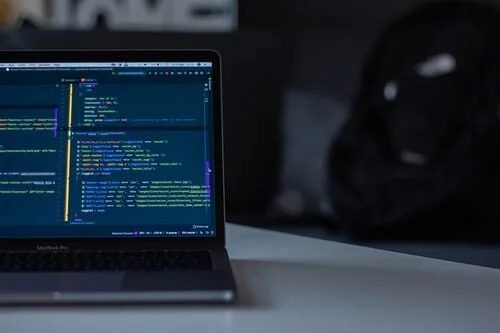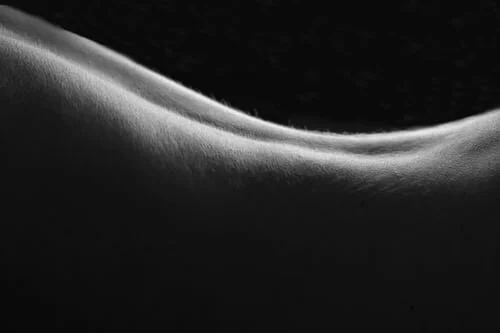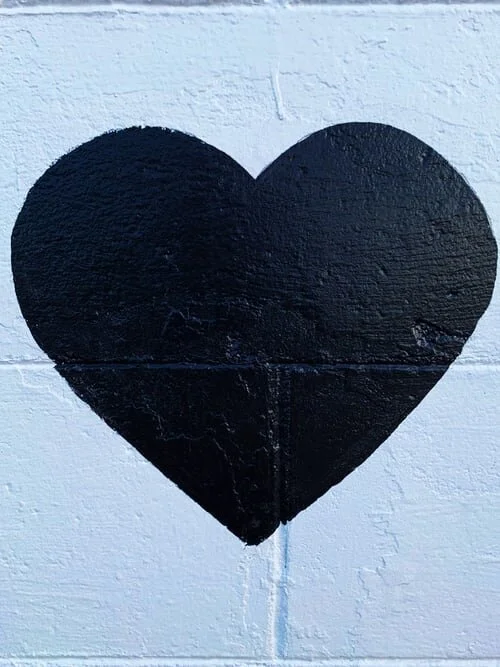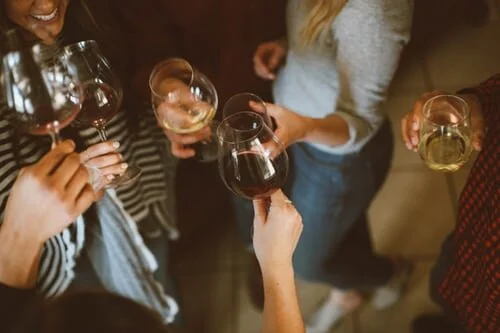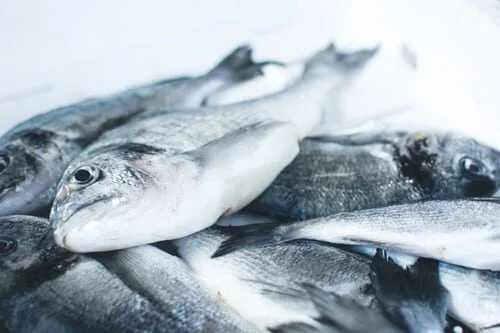Due to COVID 19 the current in laboratory project is on hold for the in lab portion. Stemming from liver diseases (specifically cirrhosis of the liver), when examining tissue from healthy and unhealthy liver tissue. The goal is to create a region of interest where physicians can target a section from imaged tissue. Using mathematical modeling, examining differences in intensity, local contrast and resolution. Using these discrepancies between healthy and unhealthy tissue. Examine universal differences in the deceased and healthy tissues giving physicians an alternate model in conforming a diagnosis, or examining a region suspected to be effected.
Theoretical research of the effect of using Xenografts as an effective ECM substrate to help graft skin and nerves in hopes to regain touch in burn victims. Via use of stem cells to regrow the nerve tissue. The Decellularized Xenograft would serve as an ECM construct as this was prevascularized in order for vessels to more easily be synthesized. After synthesis of the nerve tissue, and newly formed ECM we can suspend the different cell types into the construct and create healthy tissue.
Aim - Exploring and recreating cardiac tissue using a microfluidic heart on a chip system.
Procedures/purpose - expanding and recreating cardiac tissue. Using various cell densities and its effect the viscoelastic properties of the tissue.
Hypothesis- the higher the cell density (closer to the actual anatomical level) the more optimal performance the tissue will give us.
Aim - Often times we see alcohol related diseases on different organs in the body. Such examples as chirossis of the liver is a clear and leading example as a result of frequent and concentrated consumptions of alcohol. When the liver brakes down the alcohol (Ethanol) into Acetaldehyde and Acetate as a result of the ADH and ALDH secreted by the liver. The goal of this experiment is to see how the affects the cells/tissues of the liver (targeting hepatocytes) specifically looking at cell morphology and new physiology as a result of the process of breaking down ethanol . Using ultrasound imaging we will look at the morphology of the cells in response to alcohol exposure.
Construct mechanical device with 15 dollar budget and limited materials.
Given an initial Budget of 15 dollars, and specification and constraints of using rubber bands as the only source of mechanical power. With the only available construction materials to be foam core board, cardboard mailing tubes, and adhesives such as glue and tape. A team of 4 members must create a device that can launch bagels (up to 6) over a 6 foot wall and successfully land on a 3 by 3 by 3 cubic platform flush to the wall. Our group was able to launch all 6 bagels successfully onto the platform.
De-cellularized tilapia skin in order to create a network of ecm can be a potential source for growing skin tissue engraphted with nerves in order to regain a sense of touch in damaged tissue from second and third degree burns.
Reserch into the matter found the tilapia ECM was well vascularized and the new scaffold being able to grow nerve cells in addition to the endothelial cells was a possibility and with more minor surgeries we may infact get a feeling of touch back in a patient if this worked in basic reserch for tissues or basic animal studies.
